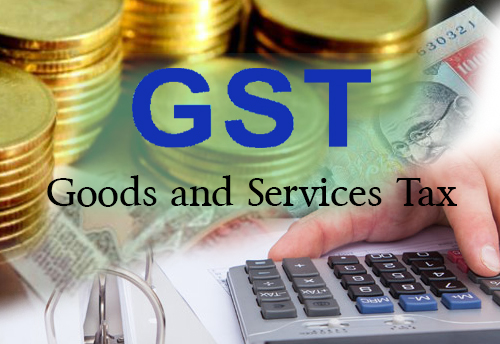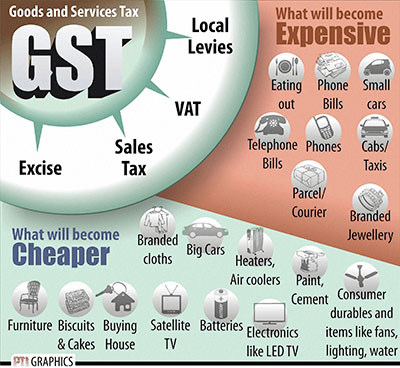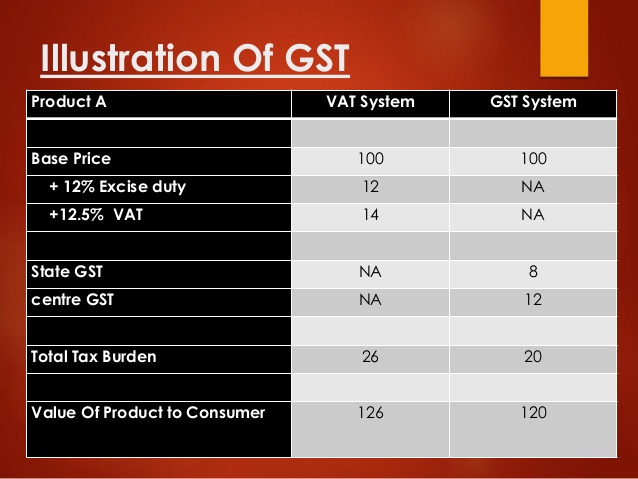|
Circular No.11/2014-Customs
F.No.354/59/2014-TRU
Government of India
Ministry of Finance
(Department of Revenue)
Tax Research Unit
*****
New Delhi, the 14th November, 2014
To,
Principal Chief Commissioners / Chief Commissioners of Customs (All)
Principal Chief Commissioners / Chief Commissioners of Customs & Central Excise (All)
Principal Director General, Directorate General of Revenue Intelligence
Sir / Madam,
Subject: Method of calculation of safeguard duty leviable vide notification No.4/2012-Customs (SG) dated 05.10.2012 on import of Carbon Black under Advance Authorization Scheme – Regarding.
Representations have been received from the trade and the field formations regarding the method of calculation of safeguard (SG) duty leviable under notification No.4/2012-Customs (SG) dated 05.10.2012 on import of carbon black against Advance Authorization.
2. In pursuance of section 8C of the Customs Tariff Act (CTA), 1975, under notification No.4/2012-Customs (SG) dated 05.10.2012, safeguard duty has been imposed on carbon black imported from China @ 30% ad valorem minus anti-dumping duty (ADD) payable, if any. ADD is leviable on import of carbon black from China @ USD 0.423 per kg vide notification No.9/2013-Customs (ADD) dated 26.04.2013.
2.1 Imports against Advance Authorisation are exempt from payment of ADD. Safeguard (SG) duty leviable under section 8B of the CTA, 1975 is also exempt on imports against Advance Authorisation. However, the SG duty leviable under section 8C of the CTA, 1975 in respect of imports from China is not exempt on imports against Advance Authorisation. In this context, the issue that has been raised is as to what would be the SG duty leviable on imports of carbon black against Advance Authorisation, that is whether it would be 30% – 0 or 30% – USD 0.423 per kg.
3. The matter has been examined. The purpose of levying ADD under section 9A of the Customs Tariff Act is to protect the domestic industry from injury caused on account of import of goods at an export price which is less than its normal value. The difference between the normal value and the export price from the other country is the margin of dumping, and thus ADD is levied to offset the margin of dumping. The purpose of levying SG duty under section 8C of the Customs Tariff Act however is to protect the domestic industry from a surge in the imports which causes or threatens to cause market disruption.
3.1 In both the cases, the duty is levied to offset the maximum injury possible to the domestic industry in the given circumstances, and thereafter, the amount of duty is limited to that extent. The domestic industry is not entitled to have double protection going beyond the quantum of maximum injury possible, either on account of dumping and/or surge in imports. The importer is, therefore, liable to pay ADD or SG duty, whichever is greater so as to neutralise the maximum injury possible, and not both the duties cumulatively. In the final findings of safeguard investigation concerning imports of carbon black from China, the DG (Safeguard), while considering the issue of levy of both ADD and SG duty on carbon black, had observed that both duties have one function in common i.e. neutralising injurious effects of imports and hence, SG duty shall take into account the ADD payable, if any, as there could not be dual protection against the same injury. Accordingly, while imposing specific safeguard duty, ADD payable, if any, on import of carbon black was allowed to be adjusted.
3.2 In another case of SG duty levied under section 8B, the Standing Board on Safeguards, while considering the findings of DG (Safeguard), has decided that the SG duty should be levied in the form and manner that the domestic industry is not given dual protection and duties imposed are consistent with international law.
4. In the case of normal import of carbon black, the ADD payable is determined first and SG duty payable is then calculated by subtracting ADD from SG duty levied under notification No.4/2012- Customs (SG).
4.1 In the case of import under Advance Authorisation, ADD is payable but for the exemption available under notification No.96/2009-Customs, dated 11.09.2009 governing the said imports. Such exemption is subject to the condition that the importer shall fulfil the export obligation. In the event of non-fulfilment of export obligation, the importer is liable to pay an amount equal to the duty leviable, but for the exemption, on the imported materials, together with applicable interest from the date of clearance of the said materials. Thus, along with other duties, the ADD would be payable if the conditions of the notification are not fulfilled.
5. In view of the above, it is clarified that in the case of imports of carbon black against Advance Authorisation, the applicable SG duty levied under section 8C of the CTA, 1975 vide notification No.4/2012- Customs (SG) dated 05.10.2012 will be calculated as under-
(a) On import of carbon black from China, ADD is leviable @ USD 0.423 per kg vide notification No.9/2013-Customs (ADD) dated 26.04.2013. Though on imports of carbon black against Advance Authorisation there is a conditional exemption from ADD vide notification No.96/2009-Customs, dated 11.09.2009, the ADD payable is USD 0.423 per kg but for the exemption.
(b) Accordingly, SG duty leviable under section 8C of the CTA, 1975 will be 30% minus ADD payable, but for the exemption at the time of import i.e. 30% less USD 0.423 per kg. In a case where the SG duty payable is negative, the same shall be treated as Nil.
6. Trade Notice/Public Notice may be issued to the field formations and taxpayers.
7. Difficulties faced, if any, in implementation of this Circular may be brought to the notice of the Board.
(Alok Shukla)
Joint Secretary (TRU)
|




